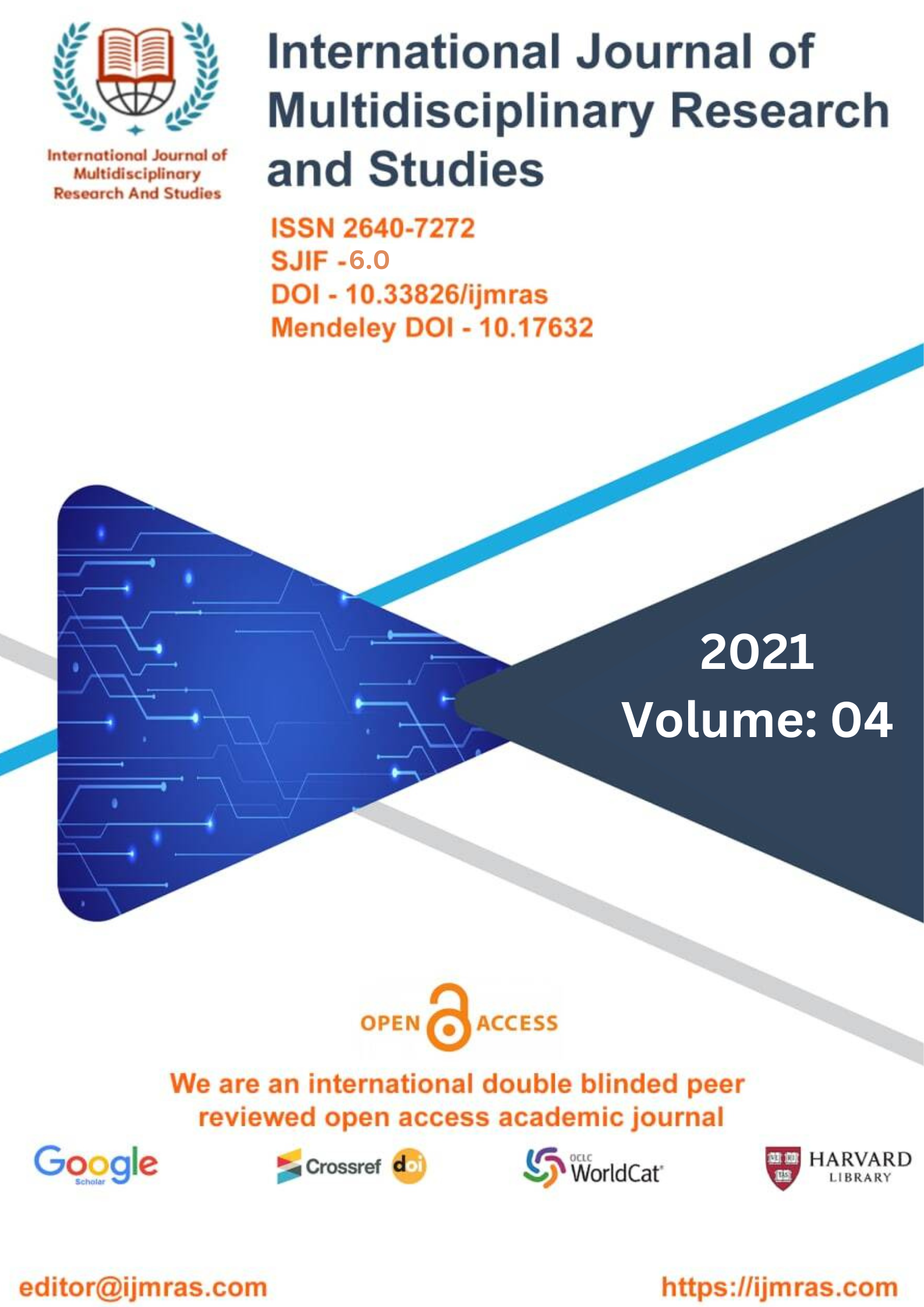BARRIERS TO POLITICAL PARTICIPATION FOR WOMEN IN INDIA

Abstract
The concept of development may also be used to refer to an action. This is due to the fact that any activity that contributes to growth must involve some kind of action; without action, development cannot take place. The word "development," on the other hand, can be understood in a number of different ways by a number of different people depending on the context in which it is used. For instance, the requirements for a populace that is starving must be very different from those of a population that receives an adequate amount of nutrients It is important to point out that "economic growth as measured solely in terms of annual increases in pre-capita income or gross national product, regardless of its distribution and the degree to which people's participation in effective growth" is not the same thing as "development," despite the fact that the two concepts are frequently confused with one another (Mahmoud, 1991). Regarding this topic, we might also consider the viewpoint presented by Pearson (1992). His understanding of development is that it entails "An improvement qualitative, quantitative, or both - in the utilisation of existing resources.
Keywords
Barriers, Political, Participation, WomenHow to Cite
References
a. gosudarstva-nursultan-nazarbaev-prinyal-uchastie-v-rabote-sezda-z_1348722934 (March 1, 2016).
Alexander, Amy C., and Christian Welzel. 2007. “Empowering Women: Four Theories on Four Different Aspects of Gender Equality.” Presented at the Annual Graduate Student Conference for the Center for the Study of Democracy.
Steinberg, Blema. 2001. “The Making of Female Presidents and Prime Ministers: The Impact of Birth Order, Sex, of Siblings, and Father-Daughter Dynamics.” Political Psychology 22(1): 89-110.
Bush, Sarah Sunn, and Amaney A. Jamal. 2015. “Anti-Americanism, Authoritarian Politics, and Attitudes about Women’s Representation: Evidence from a Survey Experiment in Jordan.” International Studies Quarterly 59(1): 34-45.
Constitution of the Republic of Belarus, Principles of the Constitutional System, Section 1, Article 1. 1994.
Constitution of the Republic of Kazakhstan, General Provisions, Section 1,Article 1
Convention on the Political Rights of Women. 1999. On accession of the Convention on the Political Rights of Women - "Adilet" ILS. Retrieved 1 March 2016, from http://adilet.zan.kz/eng/docs/Z990000018_(March 1, 2016).
Costantini, Edmond. 1990. “Political Women and Political Ambition: Closing the Gender Gap.” American Journal of Political Science 34(3): 741-770.
Danilovich, Natalia. 2010. “Growing Inequalities and Reproductive Health in Transitional Countries: Kazakhstan and Belarus.” Journal of Public Health Policy 31(1): 30-50.
a. Das, Sandhya Rani, and Ananta Basudev Sahu, 2007. “Women Empowerment through Self Help Groups: A Case Study.” Presented at the Seminar on Gender Issues and Empowerment of Women. http://www.isical.ac.in/~mano/GenderConference.pdf (March 1, 2016).
b. Democracy Index, World Rankings. 2014. http://knoema.ru/GDI2015JAN/democracy-index- 2014?country=1001440-kazakhstan
Djerbal, Dalila, and Louisa Ait Hamou. 1992. “Women and Democracy in Algeria.” Review of African Political Economy 19(54): 106-111.
GDP per capita (current US$) | Data | Table. 2016. Data.worldbank.org. Retrieved 28 April 2016, from http://data.worldbank.org/indicator/NY.GDP.PCAP.CD
Fallon, Kathleen, Liam Swiss, and Jocelyn Viterna. 2012. “Resolving the Democracy Paradox: Democratization and Women's Legislative Representation in Developing Nations, 1975 to 2009.” American Sociological Review 77(3): 380-408.
Haerpfer, Christian. 2008. “Support for Democracy and Autocracy in Russia and the Commonwealth of Independent States, 1992-2002.” International Political Science Review 29(4): 411-431.
Hunt, Swanee. 2007. “Let Women Rule.” Foreign Affairs 86(3): 109-120. https://www.foreignaffairs.com/articles/2007-05-01/let-women-rule (March 1, 2016).
Inform.kz. 2016. “Women’s Leadership in Kazakhstan: The Higher the Level of Decision- Making the Lower Representation of Women. http://www.inform.kz/eng/article/2457463 (March 1, 2016).
Inglehart, Ronald, Pippa Norris, and Christian Welzel. 2002. “Gender Equality and Democracy.” Comparative Sociology 1(3): 321-345.
Economist Intelligence Unit. 2015. Country, Industry and Risk Analysis. http://www.eiu.com/default.aspx (April 28, 2016).
a. International Institute for Democracy and Electoral Assistance. 2015. Women in Politics: Beyond Numbers. Stockholm: IDEA. http://archive.idea.int/women/parl/ch2d.htm (April 28, 2016).
Jalalzai, Farida, and Mona Lena Krook. 2010. “Beyond Hillary and Benazir: Women's Political Leadership Worldwide.” International Political Science Review 31(1):5-21.
License
Copyright (c) 2021 Ajay kumar

This work is licensed under a Creative Commons Attribution 4.0 International License.
Individual articles are published Open Access under the Creative Commons Licence: CC-BY 4.0.



